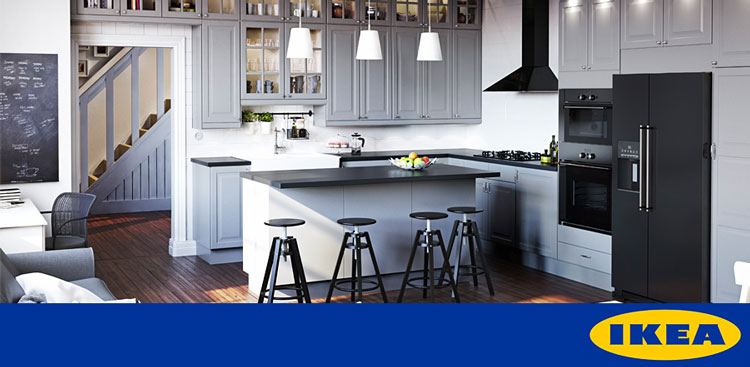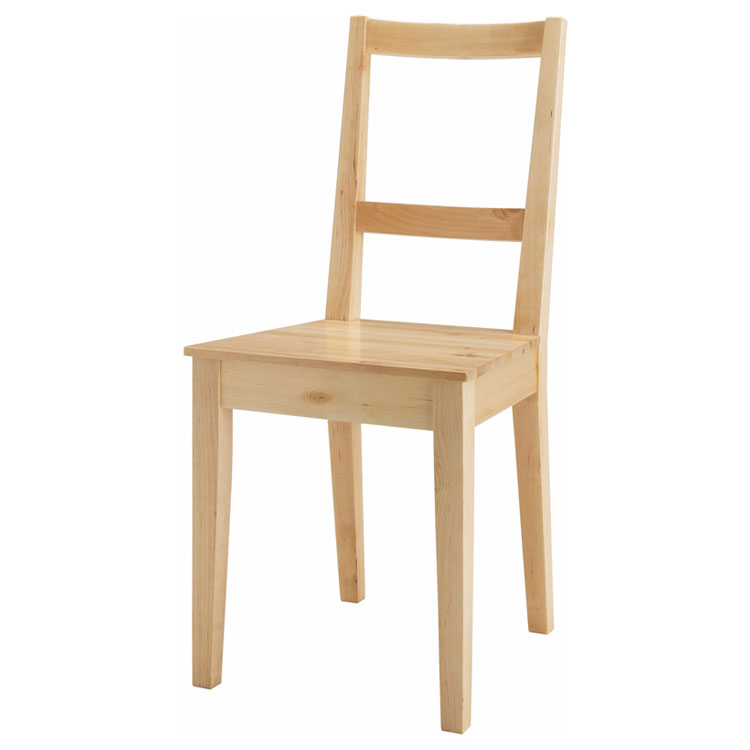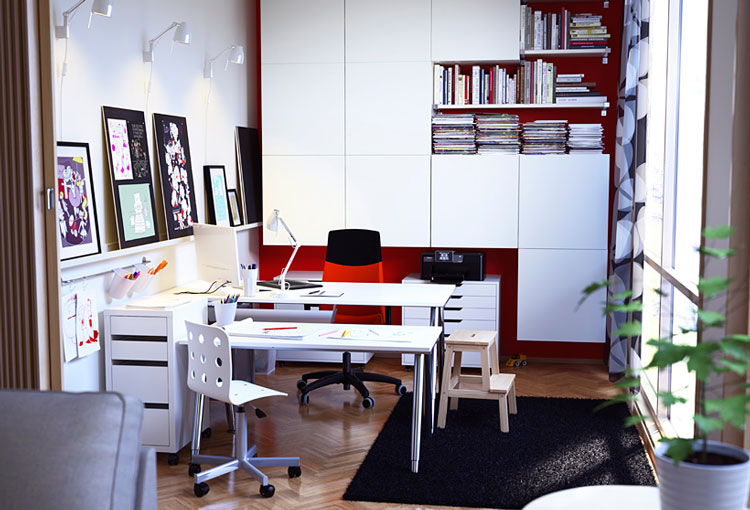75% of the Photos are CGI 3d models in IKEA Catalog.
Martin Enthed and his team work in one of the many IKEA companies, IKEA Communications AB. “When it comes to products,” explains Martin, “IKEA of Sweden designs and develops the product range. The global marketing and communication department decides what communication about the range is important to reach the consumers. We then create concepts and communication ideas, which we produce in different ways. We do the assembly instructions you all know so well! We create product images, labels, the IKEA catalogue, the IKEA.com website, prints for in-package and on-package etc. We do most of the global communication for IKEA. All the communication we create and produce should ultimately help consumers to understand how IKEA can help them create a better everyday life.”In the summer of 2004, IKEA decided to change the way they produced their product images. They made the first tentative moves toward CG rendered, rather than photographic, images. “We made 8 or 10 quite bad product visualisations by today’s standards,” says Martin, “but it sparked something and we continued to work at it. In the fall of 2006 we first showed a product in the catalogue. The first CG piece of furniture was a chair called “Bertil”.
The IKEA team didn’t feel there was anything wrong with traditional photography, quality-wise. Like any company, they just wanted to make things easier for the team to work on - to make the process simpler, cheaper and faster. With traditional photography, you need to have prototype furniture being built in different parts of the world shipped over so it can be photographed. Everything needs to be there on time and it can be logistically difficult, expensive and not that environmental. Then if there are changes everything needs to be re-shot. With CG re-creations of pieces, it removes a lot of this difficulty. However to start with, Martin says, “There was no vision initially to create entire rooms in CG, like we do now. We just wanted to create the individual pieces - the ones you see on white backgrounds on the web.”




Nice post, here's another interesting one https://archicgi.com/blog/product-cgi/furniture-photography-or-3d-rendering/
ReplyDelete